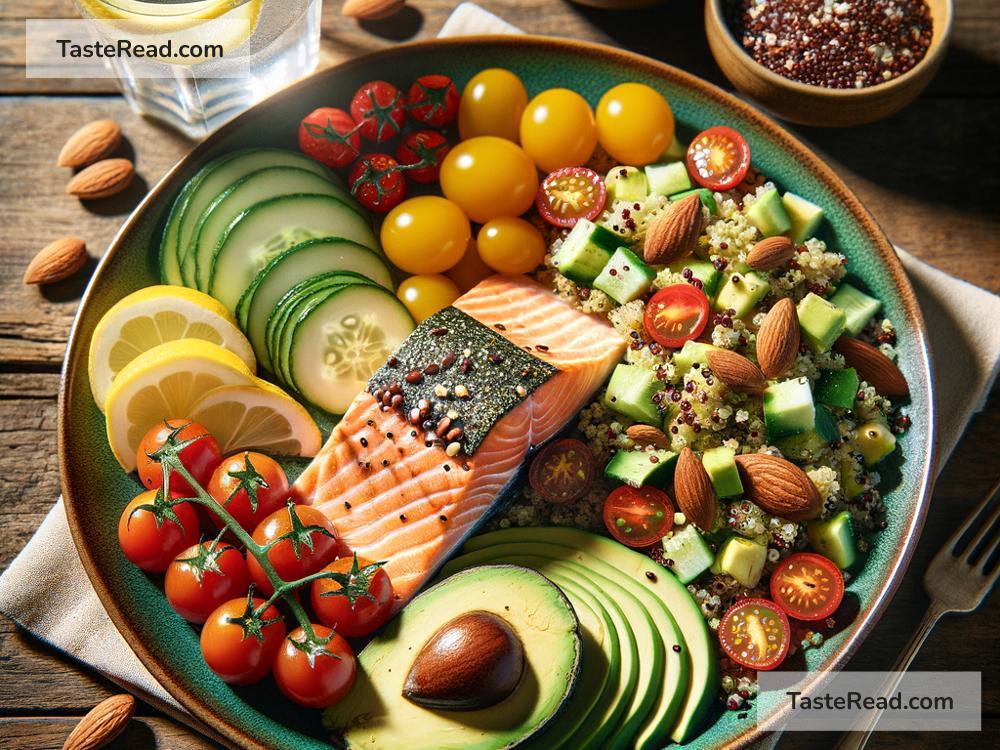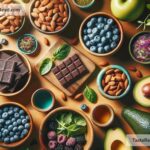Boost Your Fullness: Foods That Keep You Satisfied
Are you tired of feeling hungry all the time, even after meals? You’re not alone! Many people struggle to stay full between meals, which can lead to overeating or snacking on unhealthy foods. The good news is that some foods are much better at keeping you satisfied for longer. These foods can help stop those hunger pangs in their tracks and make it easier to stick to your healthy eating routine. Let’s explore what makes a food filling and look at some of the best options for improving satiety.
What Makes Food Filling?
Some foods keep you full longer because of their nutritional makeup. Here’s what contributes to satiety:
-
Protein: Protein is the most filling nutrient. It helps slow digestion and keeps hunger hormones down, meaning you’ll feel full for hours after eating.
-
Fiber: Foods rich in fiber take longer to digest. They also absorb water in your stomach, making you feel fuller.
-
Healthy Fats: Fat takes longer to digest than carbohydrates, keeping you satisfied for longer.
-
Volume: Foods that contain lots of water or air, like fruits and veggies, help fill your stomach without piling on calories.
-
Low Glycemic Index: Foods that cause a small rise in blood sugar, rather than a spike, help you avoid hunger crashes later.
When you choose foods that contain these elements, you’ll find it much easier to curb your appetite and avoid unhealthy snacking.
The Best Foods for Improving Satiety
Here are some examples of foods that will help you stay full and satisfied:
1. Eggs
Eggs are packed with protein, making them one of the best foods for satiety. Studies show that eating eggs for breakfast can reduce hunger and calorie intake later in the day. They’re also versatile—you can boil, scramble, or fry them to suit your taste.
2. Oatmeal
Oatmeal is a powerhouse of fiber. It contains a type of fiber called beta-glucan, which slows digestion and helps you feel fuller for longer. Pair oatmeal with nuts or a dollop of Greek yogurt to add protein and healthy fats for an even more filling meal.
3. Greek Yogurt
Greek yogurt is rich in protein, making it a great snack or meal addition. It’s thicker than regular yogurt, which helps it feel more satisfying. Choose plain Greek yogurt and add fresh fruit or honey for natural sweetness.
4. Lentils and Beans
Legumes such as lentils, chickpeas, and black beans are incredible sources of both protein and fiber. They’re also very versatile—use them in soups, salads, or even as a meat substitute in tacos or burgers.
5. Avocados
Avocados are high in healthy fats, which help keep you full. Plus, they’re packed with fiber. Spread avocado on whole-grain toast, add slices to your salad, or mash it into guacamole for a delicious, filling option.
6. Nuts and Seeds
Almonds, walnuts, chia seeds, and flaxseeds are high in protein, fiber, and healthy fats—all of which contribute to satiety. However, nuts and seeds are calorie-dense, so stick to small portions to avoid overeating.
7. Whole Grains
Whole grains like quinoa, brown rice, and whole-wheat bread contain more fiber and nutrients than refined grains. They digest slowly, keeping you full longer than foods like white bread or pasta.
8. Fish
Fatty fish like salmon and tuna are excellent sources of protein and omega-3 fatty acids. These healthy fats not only improve heart health but also contribute to feelings of fullness.
9. Potatoes
Surprisingly, potatoes are one of the most filling foods. They contain a specific starch that helps you feel full, especially when boiled or baked (rather than fried). Pair them with lean protein for a balanced, satisfying meal.
10. Fruits and Vegetables
Fruits and vegetables are high in water and fiber, making them low-calorie but filling. Apples, oranges, carrots, and broccoli are particularly good choices for staying satisfied. Enjoy them as snacks or as part of a meal.
Tips for Feeling Full Without Overeating
While choosing filling foods is essential, how you eat also matters. Here are some quick tips:
-
Eat Slowly: It takes time for your brain to realize your stomach is full. Eating too quickly can make you overeat before you feel satisfied.
-
Stay Hydrated: Sometimes thirst can feel like hunger. Drink water regularly to prevent false hunger signals.
-
Combine Nutrients: Meals that contain a mix of protein, fiber, and healthy fats are the most satisfying.
-
Choose Whole Foods: Processed foods often lack fiber and nutrients, making them less filling despite high calorie counts.
Final Thoughts
Feeling full and satisfied after meals doesn’t have to be a struggle. By eating nutrient-rich foods like eggs, oatmeal, beans, and avocados, you can keep hunger at bay and enjoy sustained energy throughout the day. Pair these with smart eating habits, like slowing down and staying hydrated, and you’ll find it much easier to stick to healthy eating.
So next time you plan your meals or snacks, think about satiety. Your body will thank you, and you’ll stay on track with your goals!


